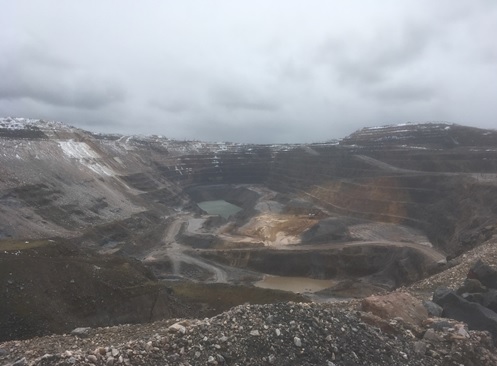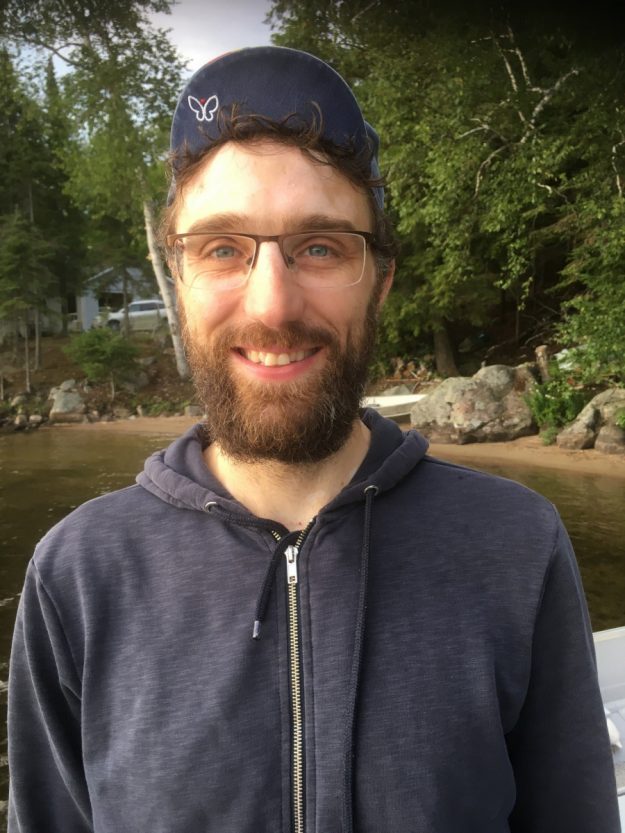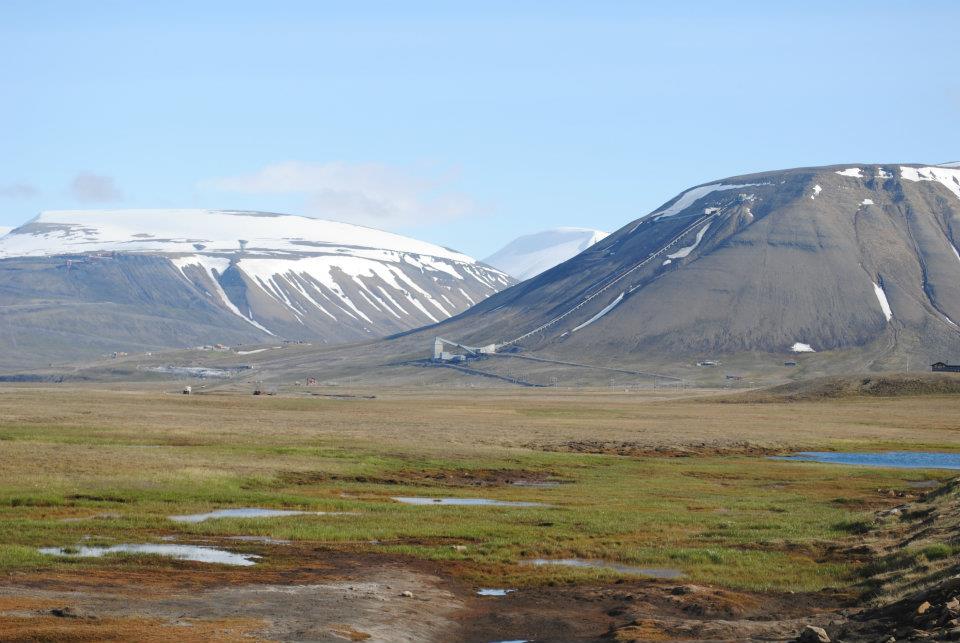Notes from the north, 2019
Text by: Jean-Sébastien Boutet, 2019
This past summer I had the chance to travel to Canada to participate in different field schools and explore new research possibilities in the general area of Indigenous economic history. Anthropologists and ethnographers might refer to this period as their “pre-fieldwork,” or “fieldwork: season 0,” but whichever the name, it is invariably made of a strange mix of uncomfortable encounters, beginner mistakes, and a very unhealthy dose of self-doubt.
I started off in a sense where I began, in Schefferville, along the Québec-Labrador borderlands, the site of my previous graduate fieldwork where I wrote about the mining history of the region. It was special, almost surreal, to come back to this place after so many years to witness all the changes, but perhaps most extraordinarily the continuities that characterize the close-knit and isolated communities who depend, for better or for worse, on the industrial production of iron ore. Due to a lack of imagination, or better terms, I entered people’s homes introducing myself as the researcher from a decade ago who came to write about you, and has not returned since. Amazingly, I was offered coffee and a willingness to tell more stories in exchange; some even remembered me, and with guilt I could only produce, like last time, a vague promise to return again, “soon…”
I thought, in Schefferville, about the passage of time. The mining industry, much like researchers, cyclically staging a return as a function of financial swings, following the devastation of a previous abandonment. Elders whom I once interviewed have now passed, or are travelling to a far away hospital, unsure about when they will be able return to their family and home community. I’m told there are only about 30 elders left here, people who were born in the forest, sur le territoire. Surely their precious life history must never be forgotten, but how?

From Québec I carried on to the west coast for a short stop on the upper canyons of the Fraser River. There was also a going back to the roots of sort, in this case to the beginning of the Canadian mining industry (at least to my mind…). Indeed, on the Fraser, accompanied by incredibly knowledgeable Indigenous guides, rafting superstars and field scholars, we negotiated a relatively tame portion of the river – the one between Lillooet and Lytton – and visited river bars where, starting in the mid-19th century, Chinese migrants expertly operated placer gold mines in the most rigorous conditions imaginable. All this, interestingly, almost half a century ahead of the nation defining moment that constitutes, in the Canadian imagination, the Klondike gold rush. Despite the impressive work of scholars that have made these abandoned sites come alive again, there is still much mystery surrounding the composition of social life and labour conditions at the mines, whether these early miners could turn a decent profit, and most interestingly for me, the nature and extent of Indigenous peoples’ involvement with Chinese labourers.

The third major component of the travels took me to Winnipeg, and from there by road all the way past Thompson to northern Manitoba. This portion of the trip assembled an eclectic group of professors, students and artists dedicated to learning first hand about the impacts of hydroelectric development on First Nations communities in the province. Despite the enthusiasm of the group and endless humour from our Indigenous guides, this place had a more sombre tone. Compared to former and operating mine sites, which are certainly destructive but equally so full of life or traces of past lives, there is a deadening aspect to river damming ines; houses and school buses abandoned on submerged lands; a drowned moose, sick fish, and the abstract fear of possible methylmercury contamination; to sum it al local economies.
Evidently, I do not know what of make of it all. It was, at minimum, a productive year zero in the field for me. I was glad to be reminded about the field, how much I love the field, how much I miss it, how difficult and real it is. I remembered where I am most comfortable, at the kitchen table, on the lake, listening to the words and not saying very much, just awkwardly explaining myself and the purpose of our presence here.
Tataskweyak (Split Lake), July 13, 2019.
—Did I tell you the story of when I went to look for porcupine with my dad in 1975?
—No.
—Ok. I will tell you the story of when I went to look for
porcupine with my dad in 1975.
—Ok
It is for these simple encounters, these generous telling
of a story imbued with morality that feels bigger than
the land, that I love the north most. It’s where I hope to
return, “soon…”



No comments yet. Be the first to comment!